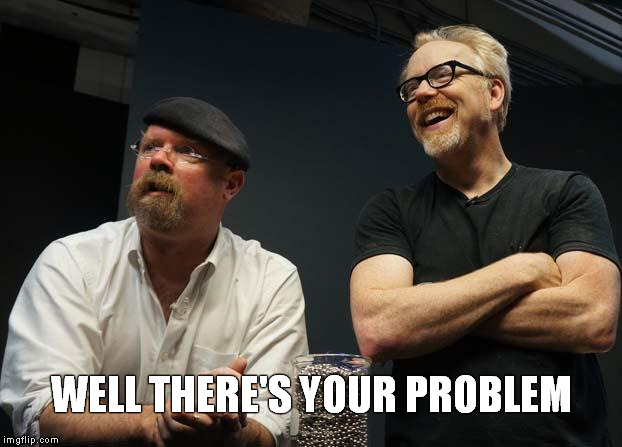In an earlier thread, before my season started and now closed, that got into the use of ankles, I wrote, “I will focus on what I'm feeling at the ankles next time out on skis”, to see when I find I’m using my ankles, when I find utility in it. I’ve now had a chance.
Unless I am doing railroad tracks, I do not use my ankles to initiate turns. In my freeskiing, I find that lateral movement of my ankles is passive and reactive. Examples
Initiating a turn by shifting to the old inside ski: I shorten my new inside leg; the new outside ski rolls to the new edge; I angulate at the hips. Any thing happening with my new outside ankle is just a reaction to the roll from edge to edge, with the boot supporting my anlkle.
More dynamic turn utilizing the energy from the ski: I find that, in the release of the old turn, any lateral ankle position is passively released, simply because forces on the ankle has released. As the feet come across to the other side, in what might be described as a very dynamic leaper, but one in which the skis remain just barely in contact with snow, gravitationally weightless never these, as in a leaper, there are no forces on the ankles; hence, they are in neutral position. Not until forces are encountered when the new edge set engages and builds do my ankles move laterally in the other direction.
Only case, railroad tracks: With railroad tracks, I actively use my ankles. First, my skis are weighted in transition, not unweighted. So, I feel like an active movement of my ankles has an effect on the ski. Second, with railroad tracks, I’m endeavoring to highly control the gradualness of the edgeset, to make beautifully connect the tracks of each turn.
In all mountain freeskiing, I personally find limited utility in the use of ankles to initiate turns. Except when asked to perform railroad tracks, I would never do them. When do you find utility initiating turns with lateral angling of your ankles? What type of turn? What terrain? What conditions? For what purpose?
Unless I am doing railroad tracks, I do not use my ankles to initiate turns. In my freeskiing, I find that lateral movement of my ankles is passive and reactive. Examples
Initiating a turn by shifting to the old inside ski: I shorten my new inside leg; the new outside ski rolls to the new edge; I angulate at the hips. Any thing happening with my new outside ankle is just a reaction to the roll from edge to edge, with the boot supporting my anlkle.
More dynamic turn utilizing the energy from the ski: I find that, in the release of the old turn, any lateral ankle position is passively released, simply because forces on the ankle has released. As the feet come across to the other side, in what might be described as a very dynamic leaper, but one in which the skis remain just barely in contact with snow, gravitationally weightless never these, as in a leaper, there are no forces on the ankles; hence, they are in neutral position. Not until forces are encountered when the new edge set engages and builds do my ankles move laterally in the other direction.
Only case, railroad tracks: With railroad tracks, I actively use my ankles. First, my skis are weighted in transition, not unweighted. So, I feel like an active movement of my ankles has an effect on the ski. Second, with railroad tracks, I’m endeavoring to highly control the gradualness of the edgeset, to make beautifully connect the tracks of each turn.
In all mountain freeskiing, I personally find limited utility in the use of ankles to initiate turns. Except when asked to perform railroad tracks, I would never do them. When do you find utility initiating turns with lateral angling of your ankles? What type of turn? What terrain? What conditions? For what purpose?
